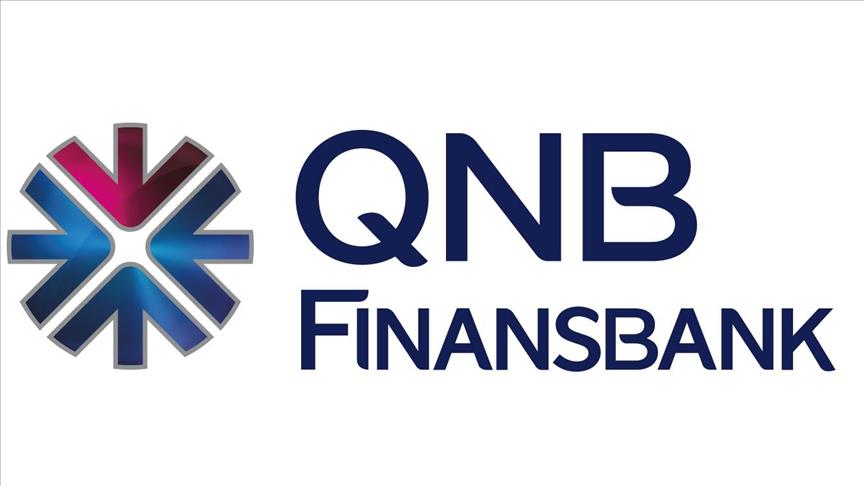
Description
Established in 1987, Finansbank is one of Turkey’s top five largest banks with over 800 billion TL (over $300 billion) in assets, 42 billion TL (about $16 billion) in deposits, and over 8 billion TL (about $3.7 billion) in shareholder equity. This dynamic, multi-award-winning financial institution has nearly 700 branches and over 12,000 employees. Finansbank offers millions of customer deposit accounts, credit cards, loans, investment products, insurance, and other banking products and services. It also delivers online application solutions for banking services as well as via e-Invoice Integration, e-Invoice private service provider, e-Invoice archiving, e-Book application and e-Trade portal. It continually strives to provide creative, swift and easy solutions for the financial needs of its customer through e-Finance subsidiaries.
Finansbank prides itself on providing top-tier personal and commercial financial services to its customers. For Finansbank, its mission is to build successful financial partnerships with all of its stakeholders, whether it is a business, depositor, or shareholder. Its customer-based focus is paying off: Finansbank was recently recognized as the ‘’Best Investment Institution in Turkey’’ by Global Finance magazine.
